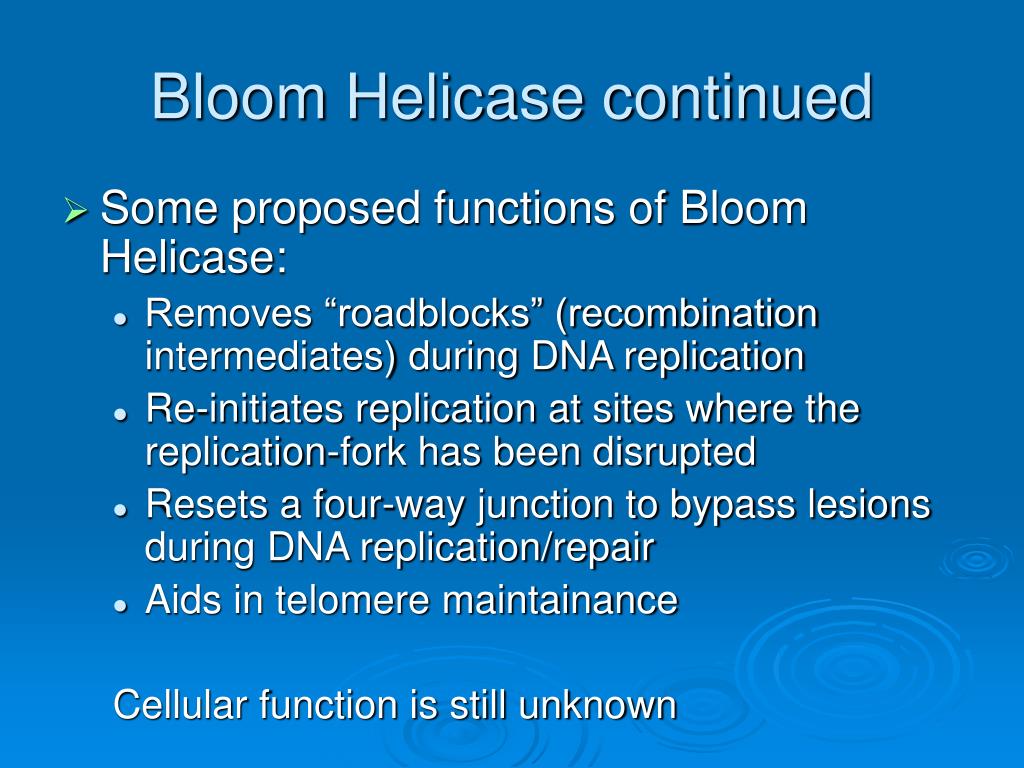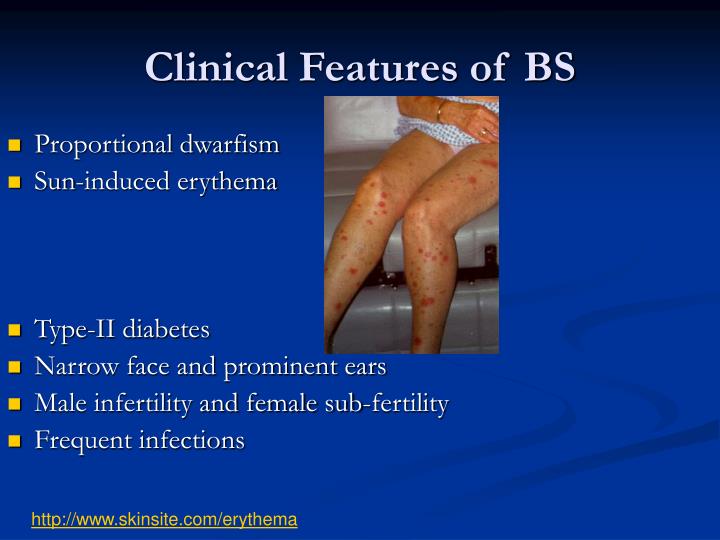

mauritiana The MEI-218 protein is one of several meiosis-specific mini-chromosome maintenance (mei-MCM) proteins that form a multi-protein complex essential to crossover formation, whereas the BLM helicase acts as an anti-crossover protein. The dicistronic meiosis gene, mei-217/mei-218, mediates most of the species differences in crossover rate and patterning during female meiosis between the closely related fruitfly species, Drosophila melanogaster and D. Despite these functions, little is known about the genetic factors and population genetic forces involved in the evolution of recombination rate differences among species. Meiotic crossing over ensures proper segregation of homologous chromosomes and generates genotypic diversity. Positive selection and functional divergence at meiosis genes that mediate crossing over across the Drosophila phylogeny. Taken together, these data suggest that DmBlm helicase function plays a role in HR, and the steps that contribute to determining gene conversion tract length are helicase-independent.īrand, C. Using DR-white.mu, this study found that, in contrast to Sgs1, DmBlm is not required for suppression of recombination between diverged sequences. Interestingly, gene conversion tract lengths of HR repair events were substantially shorter in DmBlm null but not helicase-dead mutants, compared to heterozygote controls. DmBlm null and helicase-dead mutants both demonstrated a decrease in repair by noncrossover HR, and a concurrent increase in non-HR events, possibly including SSA, crossovers, deletions, and NHEJ, although detectable processing of the ends was not significantly impacted.

To further elucidate the role of DmBlm in repair of a simple DSB, and in particular recombination mechanisms, the DR-white and DR-white.mu repair assays were used in multiple mutant allele backgrounds. Drosophila melanogaster Blm (DmBlm) is the ortholog of Saccharomyces cerevisiae SGS1 and human BLM, and has been shown to suppress crossovers in mitotic cells and repair mitotic DNA gaps via HR. DSBs are repaired by three pathways: non-homologous end joining (NHEJ), homologous recombination (HR), and single-strand annealing (SSA). PubMed ID: 28912341ĭNA double-strand breaks (DSBs) are a particularly deleterious class of DNA damage that threatens genome integrity.

The Role of Blm Helicase in homologous recombination, gene conversion tract length, and recombination between diverged sequences in Drosophila. NCBI classification - Helicase superfamily c-terminal domain, RQC domainĮrtl, H. Keywords - repairing of replication fork damage and double-strand breaks in mitosis, promotes repair through non-crossover mechanisms, dissolution of double Holliday junctions, promotes meiotic crossover patterning and homolog disjunction Bloom syndrome helicase: Biological Overview


 0 kommentar(er)
0 kommentar(er)
